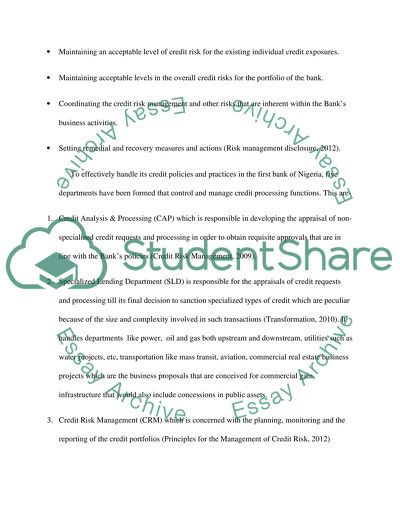Cite this document
(“A critical study of credit risk management in the First Bank of Dissertation - 1”, n.d.)
A critical study of credit risk management in the First Bank of Dissertation - 1. Retrieved from https://studentshare.org/finance-accounting/1400673-a-critical-study-of-credit-risk-management-in-the
A critical study of credit risk management in the First Bank of Dissertation - 1. Retrieved from https://studentshare.org/finance-accounting/1400673-a-critical-study-of-credit-risk-management-in-the
(A Critical Study of Credit Risk Management in the First Bank of Dissertation - 1)
A Critical Study of Credit Risk Management in the First Bank of Dissertation - 1. https://studentshare.org/finance-accounting/1400673-a-critical-study-of-credit-risk-management-in-the.
A Critical Study of Credit Risk Management in the First Bank of Dissertation - 1. https://studentshare.org/finance-accounting/1400673-a-critical-study-of-credit-risk-management-in-the.
“A Critical Study of Credit Risk Management in the First Bank of Dissertation - 1”, n.d. https://studentshare.org/finance-accounting/1400673-a-critical-study-of-credit-risk-management-in-the.


